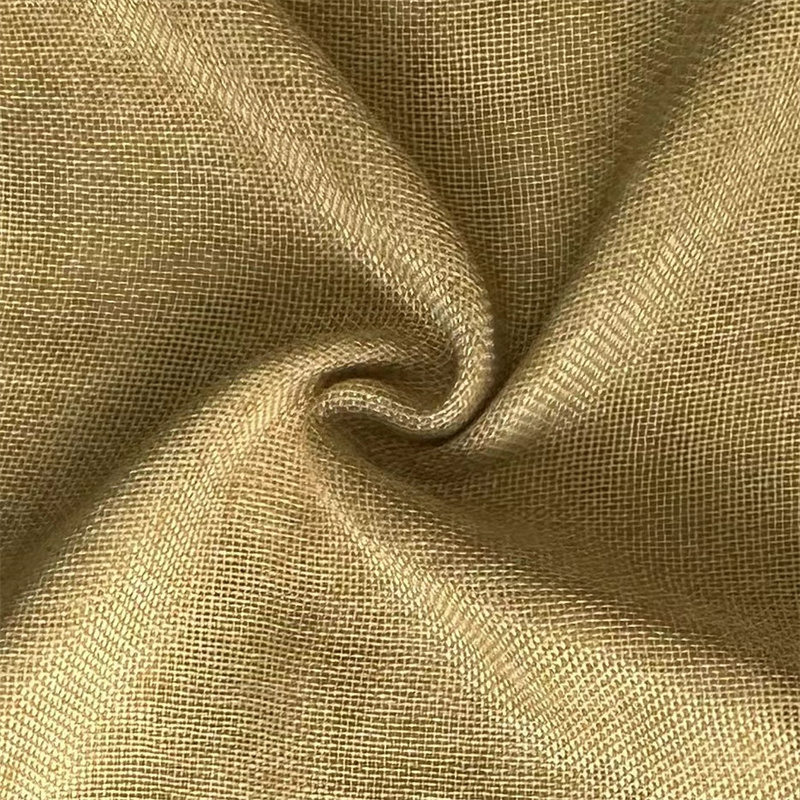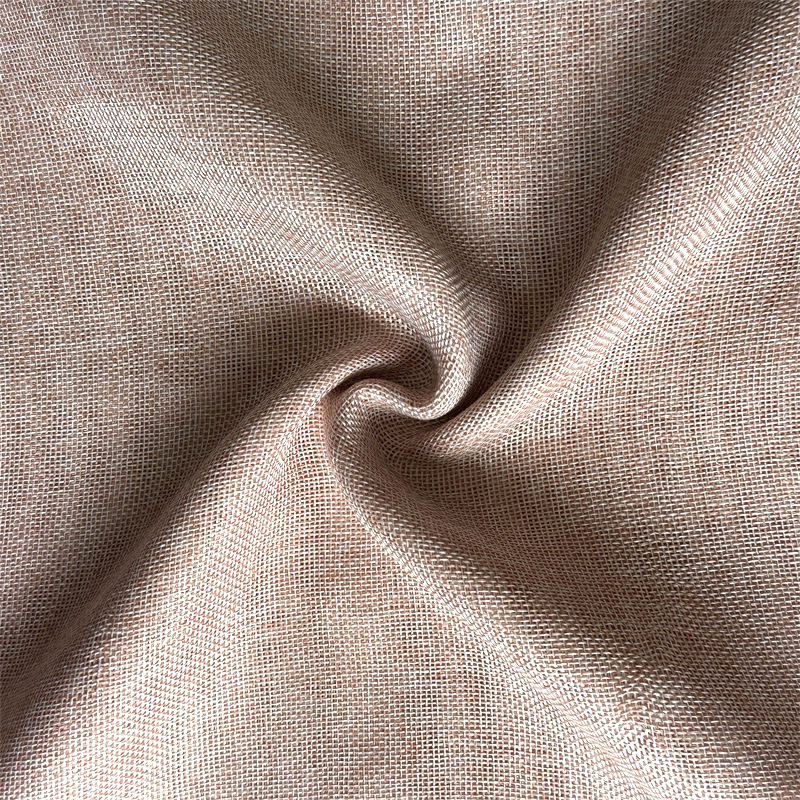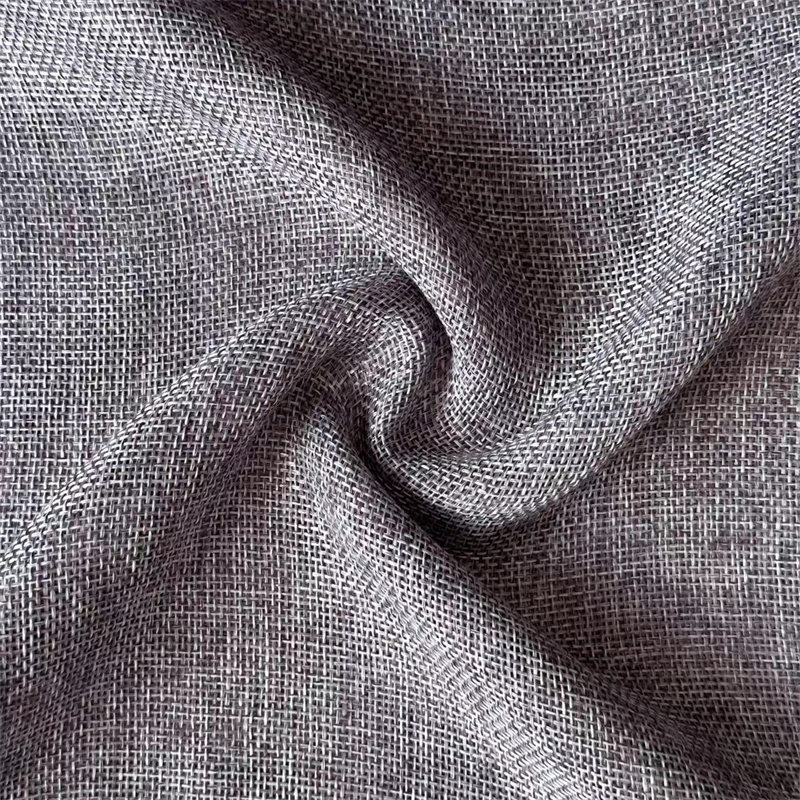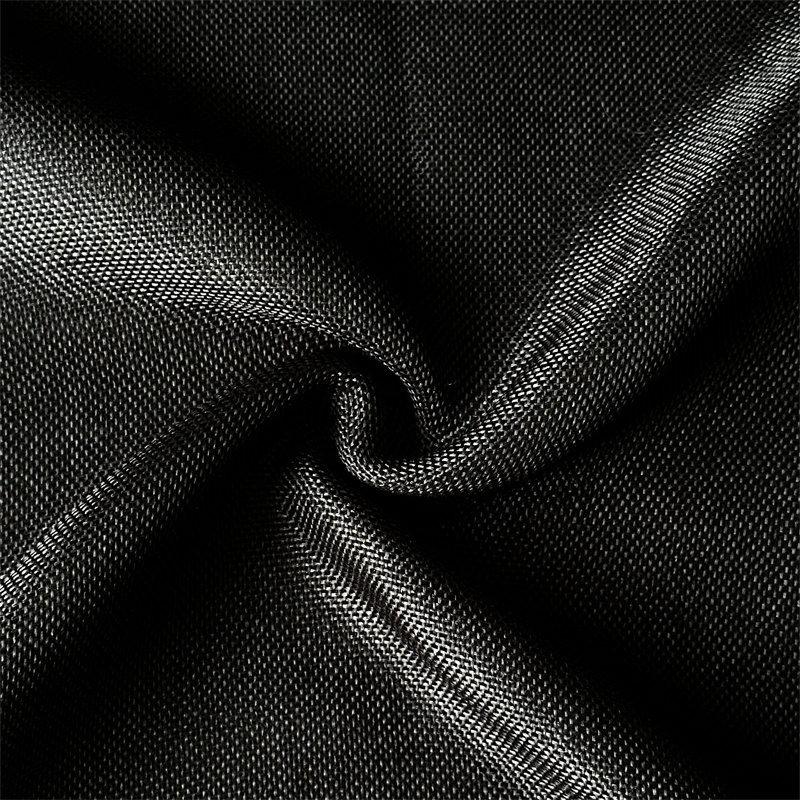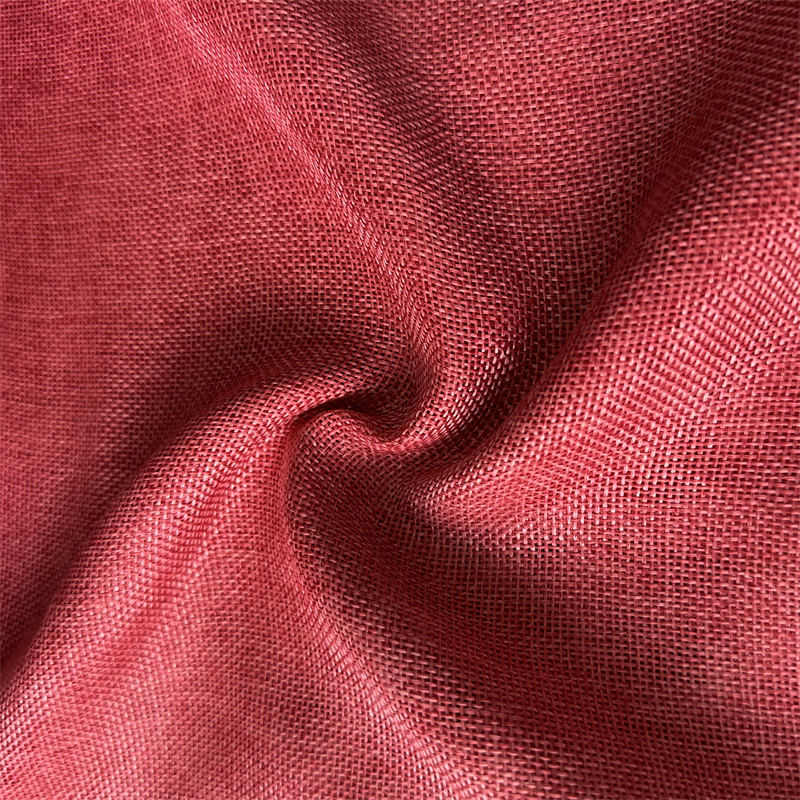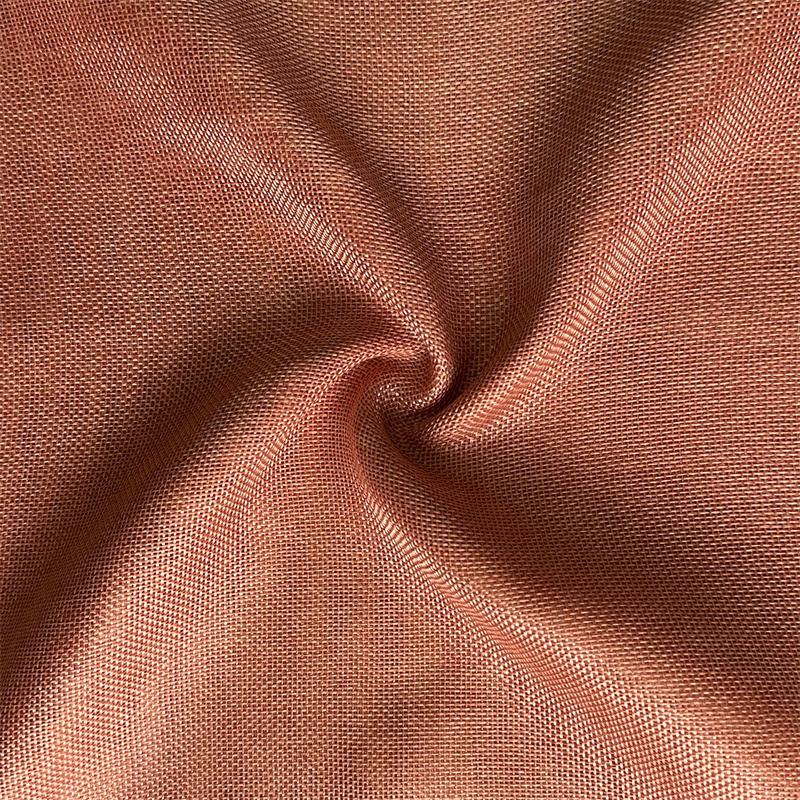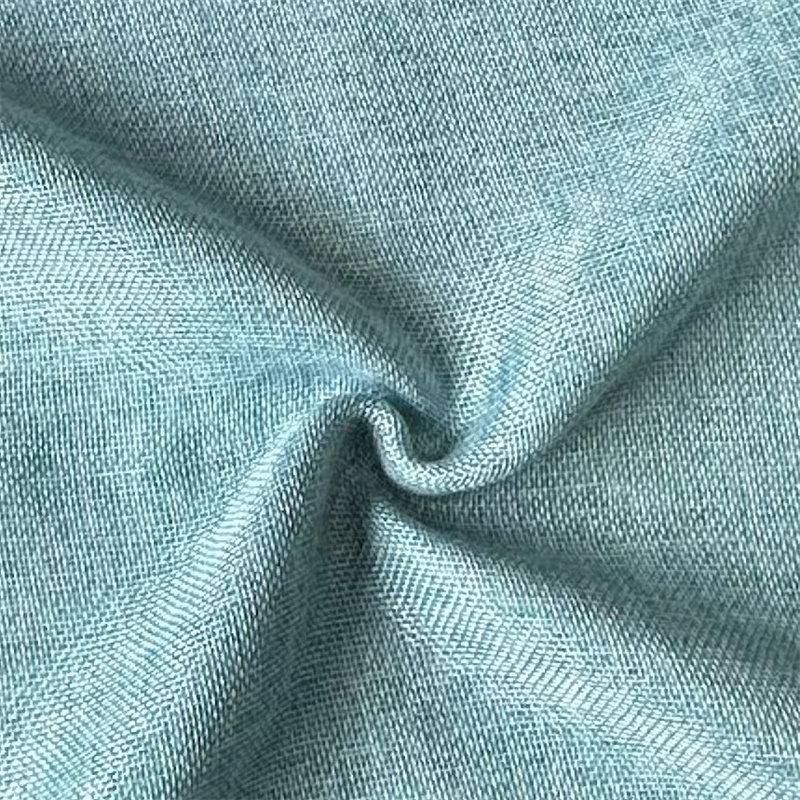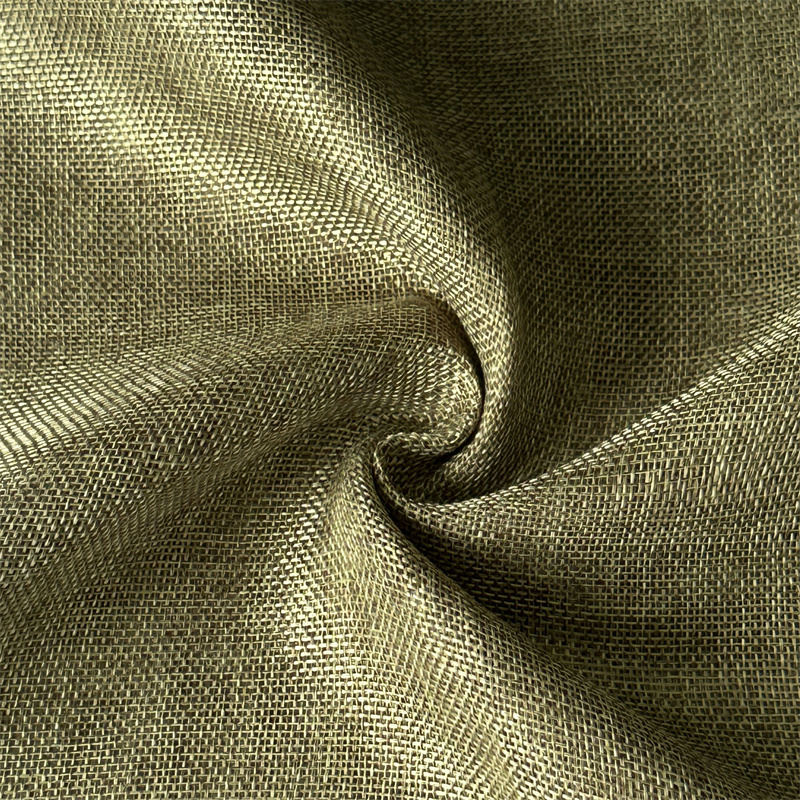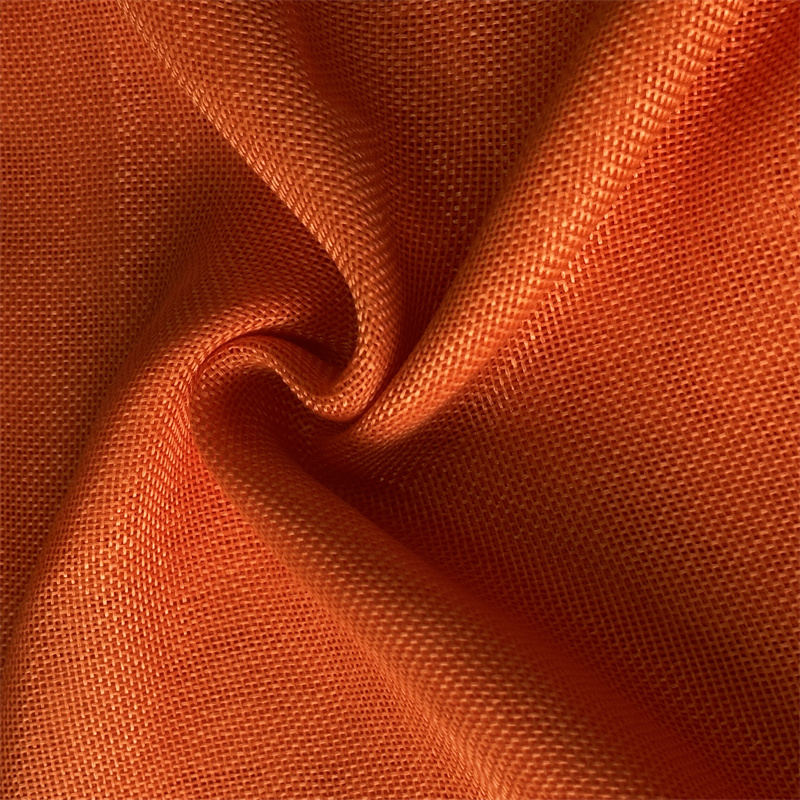Textiles are an essential part of both fashion and interior design, and selecting the right fabric can significantly impact aesthetics, comfort, and durability. Among the wide variety of fabrics available, chenille, velvet, and corduroy are highly popular due to their distinctive textures, luxurious feel, and versatility. Each fabric has unique characteristics that make it suitable for different applications, yet they often get compared because of their rich texture and plush appearance. Understanding the differences between chenille, velvet, and corduroy can help designers, upholsterers, and consumers make informed choices for clothing, home decor, and furnishings.
1. Understanding Chenille Fabric
Chenille fabric derives its name from the French word for “caterpillar,” referencing the fuzzy, caterpillar-like appearance of its pile. Chenille is made by placing short lengths of yarn, called the “pile,” between two core yarns and then twisting them together. This construction gives chenille its characteristic soft, velvety texture and a slightly raised, fuzzy surface.
Key features of chenille include:
- Softness and Comfort: Chenille is exceptionally soft to the touch, making it ideal for cozy upholstery, throws, and cushions.
- Decorative Appeal: Its pile reflects light differently depending on the viewing angle, giving the fabric a subtle sheen and visual depth.
- Durability: While soft, chenille’s construction provides reasonable strength, making it suitable for moderate-traffic furniture and garments.
- Versatility: Chenille can be woven from natural fibers like cotton, synthetic fibers like polyester, or blends, offering a range of textures, weights, and finishes.
Chenille is often chosen for decorative purposes, such as in sofas, curtains, and winter garments, due to its plush, inviting appearance.
2. Understanding Velvet
Velvet is another fabric celebrated for its softness and luxurious texture. Velvet is made by weaving two layers of fabric together with extra threads between them, which are then cut to create a dense, upright pile. The result is a smooth, soft surface that reflects light and has a rich, elegant appearance.
Key features of velvet include:
- Luxurious Feel: Velvet has a soft, smooth texture that feels indulgent against the skin, making it a favorite for evening wear, upholstery, and drapery.
- High Pile Density: Velvet has a dense pile, which contributes to its weight, drape, and the intensity of its color.
- Aesthetic Appeal: Its reflective surface adds depth and richness to garments and furniture.
- Material Flexibility: Velvet can be made from silk, cotton, polyester, or blends, allowing for different levels of softness, sheen, and durability.
Velvet is often associated with elegance and formality, frequently used in gowns, jackets, and premium home decor items.
3. Understanding Corduroy
Corduroy is distinct from chenille and velvet in its construction and appearance. It features a raised, parallel rib pattern called “wales” that runs lengthwise along the fabric. The base fabric is typically woven from cotton or a cotton blend, with the raised cords providing texture, warmth, and durability.
Key features of corduroy include:
- Textured Surface: The wales give corduroy a pronounced ridged texture, distinguishing it from the soft, fuzzy surfaces of chenille and velvet.
- Durability: Corduroy is known for its sturdiness, making it suitable for workwear, pants, jackets, and heavy upholstery.
- Warmth and Insulation: The ribbed surface traps air, providing natural insulation and a cozy feel.
- Variety of Wale Widths: Corduroy comes in different wale counts—fine, medium, and wide—affecting the look, drape, and tactile feel.
Corduroy is often chosen for casual wear, winter clothing, and robust home furnishings due to its durability and textured appeal.
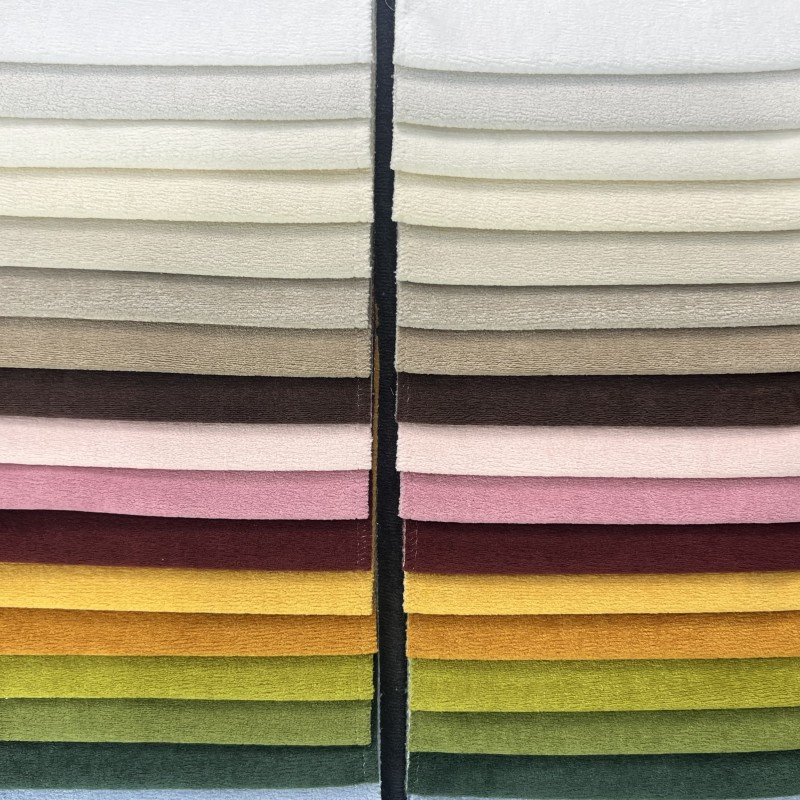
4. Comparing Softness and Comfort
When it comes to softness, chenille and velvet are generally considered superior to corduroy. Chenille offers a plush, fuzzy surface, while velvet provides a smooth, silky touch. Both are ideal for applications where comfort and tactile appeal are important, such as cushions, throws, and clothing that directly contacts the skin.
Corduroy, by contrast, is less soft due to its ribbed texture and denser construction. While it can be comfortable, particularly with brushed finishes, it does not provide the same level of plushness as chenille or velvet.
5. Comparing Aesthetic Appeal
Aesthetic appeal is another area where differences are evident:
- Chenille: Offers a subtle, textured sheen and a cozy, inviting look. Its light-reflective pile creates visual interest and depth, making it suitable for decorative purposes.
- Velvet: Provides a high-end, luxurious appearance with smooth, reflective surfaces. Velvet’s rich sheen and dense pile make it ideal for formal settings and statement pieces.
- Corduroy: Has a casual, rugged aesthetic due to its ribbed pattern. It is often used in relaxed or rustic interiors and apparel, offering a tactile, patterned look rather than a reflective surface.
While chenille and velvet are more about softness and visual richness, corduroy emphasizes structure and texture.
6. Comparing Durability and Maintenance
Durability and ease of maintenance differ significantly between the three fabrics:
- Chenille: Moderate durability; it can fray or pill over time if heavily used. Requires gentle cleaning and occasional brushing to maintain pile.
- Velvet: Dense pile is durable if properly cared for, but velvet can crush or develop marks under heavy pressure. Dry cleaning is often recommended for high-end velvet garments.
- Corduroy: Highly durable due to its woven structure and ribbed surface. Resistant to wear and tear, making it ideal for casual clothing and high-traffic upholstery. Can be machine washed, though care is needed to prevent fading or shrinkage.
From a maintenance perspective, corduroy is the most practical for heavy use, velvet is elegant but delicate, and chenille falls in between.
7. Thermal Properties and Seasonal Suitability
Fabric texture and density also affect thermal properties:
- Chenille: Provides moderate warmth due to its fuzzy surface, making it comfortable for throws, cushions, and winter garments.
- Velvet: Dense pile traps warmth, ideal for formal winter clothing, heavy drapes, and upholstery.
- Corduroy: Excellent for cold weather thanks to its ribbed construction, which traps air and provides insulation.
While all three fabrics are suitable for cooler climates, corduroy is particularly practical for winter casual wear, velvet for formal attire, and chenille for cozy interiors.
8. Applications in Fashion and Interior Design
Each fabric has specific strengths in fashion and interior applications:
- Chenille: Widely used for home furnishings such as sofas, cushions, curtains, and decorative throws. Also used in cozy garments like sweaters, scarves, and shawls.
- Velvet: Preferred for formal clothing, evening wear, and luxury upholstery. Often used in jackets, gowns, drapery, and high-end furniture.
- Corduroy: Popular in casual fashion, including pants, jackets, and skirts. In interiors, it is used for durable upholstery and accent furniture where texture is valued over sheen.
The choice depends on whether the priority is luxury, comfort, texture, or durability.
9. Cost Considerations
Cost can influence fabric selection:
- Velvet: Generally the most expensive due to its dense pile, high-quality materials, and production complexity.
- Chenille: Mid-range cost; offers luxury feel at a more accessible price, especially with synthetic or blended fibers.
- Corduroy: Usually the most affordable, particularly cotton-based versions, making it practical for everyday use.
Investors and consumers often weigh cost against aesthetics, durability, and comfort when choosing between these fabrics.
10. Summary Comparison
In summary, the differences can be highlighted as follows:
- Softness: Velvet ≈ Chenille > Corduroy
- Texture: Chenille fuzzy, velvet smooth, corduroy ribbed
- Durability: Corduroy > Velvet ≈ Chenille
- Aesthetic Appeal: Velvet luxurious, chenille cozy and textured, corduroy casual
- Maintenance: Corduroy easy, chenille moderate, velvet delicate
- Applications: Chenille for cozy interiors, velvet for luxury, corduroy for casual and durable use
Understanding these distinctions helps in choosing the right fabric for specific purposes, balancing visual appeal, comfort, durability, and budget.
Conclusion
Chenille, velvet, and corduroy each offer unique advantages and appeal to different tastes and functional needs. Chenille is valued for its plush texture and cozy appearance, making it ideal for decorative interiors and soft garments. Velvet provides elegance and sophistication, perfect for formal clothing and luxury upholstery. Corduroy, with its ribbed texture and durability, is practical, casual, and long-lasting.
By considering factors such as softness, texture, durability, maintenance, aesthetics, and seasonal suitability, designers and consumers can select the fabric that best meets their specific requirements. Whether for fashion, home decor, or upholstery, understanding the characteristics of chenille, velvet, and corduroy ensures that every choice is both practical and visually appealing, enhancing the overall quality of the finished product.


 中文简体
中文简体 Español
Español